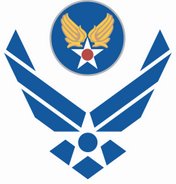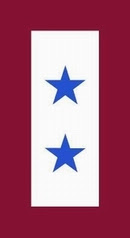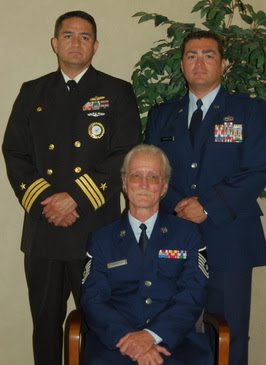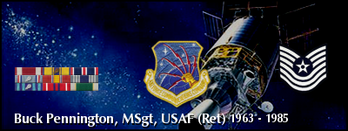From the Usual USAF Source...
If You've Got the Time: The Smithsonian National Air and Space Museum in Washington, D.C., is slated to open an exhibit in March chronicling how timekeeping has evolved over three centuries and how it influences navigation. "Time and Navigation: The untold story of getting from here to there," will include GPS positioning, navigation, and timing satellites as part of its coverage, states a Jan. 16 release from the 50th Space Wing at Schriever AFB, Colo. The wing's 2nd Space Operations Squadron operates the GPS constellation; Schriever officials provided historical data on GPS for the exhibit, states the release. "The navigation and timing from GPS satellites plays such an important and often overlooked role in warfare," said Capt. Bryony Veater, 2nd SOPS payload systems operator. As part of one exhibit section, a virtual military navigator portrait—modeled on Veater—will be featured on a large screen and will explain to visitors "how atomic clocks in GPS work and how the military uses the technology today," said Thomas Paone, a Smithsonian technician. GPS timing functions have also become integral to the civil world for tasks like financial transactions, search and rescue, communications, farming, recreation, and commercial aviation. (Washington, D.C., report by SSgt. Robert Cloys) (See also Smithsonian exhibit webpage.) (Image: Boston clockmaker William Cranch Bond constructed this specialized timepiece, used to determine longitude at sea, during the War of 1812. Smithsonian)That Smithsonian web page is pretty cool... a lil short on content, but cool. We take instant navigation and its enabler, GPS, for granted these days. It's hard to imagine where we'd be (heh) without GPS navigation in our cars and on our smartphones. I use both a lot, which I find kinda interesting, seein' as how I'm something of an ol' Luddite.





.jpg)




An accurate way of keeping track of the time was necessary in order to determine longitude in the way-back. A pretty important thing in maritime navigation. Oceans are big, no landmarks. Just sayin'...
ReplyDeleteCool stuff.
The simple fact that navigation was SO hard until accurate time pieces came into being gives one pause when thinkin' about the earliest explorers. How'd they DO that?
DeleteI always kinda wondered not only how, but why the Vikings discovered Iceland and Greenland.
DeleteI second yer thought on the "why."
DeleteIt's ALL relative. I can remember coming back from a mission "up north" near "downtown" Hanoi and thinking "How in the world did they manage to find their way to the target and back to the carrier across the vast empty stretches of the Pacific in WW II w.o. TACAN or Radar?" LOL, now the navaids in an F-4 are like rubbing sticks to make fire compared to today's warbirds and while we actually did flight/strike route planning on real strip maps w. grease
ReplyDeletepencil/felt-tip markers it's all done via laptop on discs/tapes today to be inserted in the panel console. What is this thing called "GPS?" lol
Yeah, you're right, Virgil. I'm glad I'm livin' in this day and age, though.
DeleteI've been wanting to visit DC again and the Space Museum and well, maybe the art museums...
ReplyDelete